
4 effective ways to clean yellow armpit stains on white shirts, making them as white as new

How to Remove Yellow Stains from White Shirts and Keep Them Fresh
Yellow stains under the armpits of white shirts are a common frustration for many people. These stains form due to a chemical reaction between sweat and ingredients found in deodorants or fabric softeners. When sweat interacts with aluminum compounds in deodorants, it creates stubborn yellow discoloration that clings to fabric fibers. In humid weather, sweat penetrates even deeper into the material, making the stains harder to remove. Understanding the cause of these marks is the first step to choosing the right cleaning method.1. Use White Vinegar and Baking Soda
White vinegar and baking soda are a classic natural cleaning duo that’s both safe and effective for cotton and synthetic fabrics alike.
Mix one tablespoon of baking soda with a small amount of water to form a thick paste. Apply it directly to the stained area, then pour a bit of white vinegar on top. Allow the mixture to fizz and bubble for about 15 minutes — this reaction helps lift the stain from the fibers. Afterward, wash the shirt with warm water and hang it to air dry in a well-ventilated area.
For more persistent stains, you can repeat the process or let the mixture sit longer before rinsing. This method not only removes discoloration but also helps neutralize odors caused by sweat.
2. Lemon Juice and Salt

Fresh lemon juice is rich in natural citric acid, which works as a gentle bleaching agent when combined with salt. Squeeze lemon juice over the stained area, sprinkle a small amount of salt, and gently scrub using a soft-bristled brush. Then, place the shirt under direct sunlight for about 30 minutes before washing.
The sun enhances the lemon’s whitening effect, leaving your shirt brighter and fresher. This method is perfect for natural fabrics such as cotton or linen and provides a light citrus scent afterward.
3. Hydrogen Peroxide (H₂O₂)
A 3% hydrogen peroxide solution is a powerful remedy for old or stubborn yellow stains. Dilute it with water in a 1:1 ratio and soak the stained area for about 20 minutes. After soaking, wash the shirt as usual.
Always test hydrogen peroxide on a small hidden part of the fabric first, as it can slightly fade colors or weaken delicate materials. For extra effectiveness, you can mix hydrogen peroxide with a bit of baking soda to form a mild bleaching paste.
4. Dishwashing Liquid
Dish soap isn’t just for plates — it’s surprisingly effective at breaking down sweat and oil-based stains on fabric. Apply a few drops of dishwashing liquid directly to the stained area, rub gently with your fingers or a soft brush, and let it sit in warm water for about 10 minutes. Then rinse thoroughly and air dry.
This quick method is especially useful for new or light stains and can be combined with vinegar or baking soda for a deeper clean.
Extra Tips for Keeping White Shirts Spotless
-
Wash promptly after wearing: Don’t let sweat linger too long. The longer it stays, the deeper it penetrates, making stains harder to remove.
-
Avoid overly hot water: High temperatures can set the stain permanently into the fibers. The ideal washing temperature is between 30°C and 40°C (86–104°F).
-
Choose aluminum-free deodorants: Deodorants that don’t contain aluminum are less likely to react with sweat and cause yellowing.
-
Dry in gentle sunlight: Moderate sunlight naturally whitens fabrics, but prolonged exposure to harsh sun can make fabrics dull or brittle.
-
Use moisture absorbers in humid weather: In damp climates, place silica gel packs or charcoal bags in your wardrobe to keep clothes dry and prevent odor buildup.
-
Iron with care: Always iron on the reverse side of the shirt to prevent heat marks and maintain fabric brightness.
Final Thoughts
Keeping white shirts bright and stain-free doesn’t have to be a challenge. With simple household ingredients like vinegar, lemon, or baking soda — and by following a few smart laundry habits — you can easily restore your shirts to their original crisp white condition. Combine these natural cleaning methods with proper drying and storage techniques, and your wardrobe will stay fresh, clean, and ready to wear all year round.
News in the same category

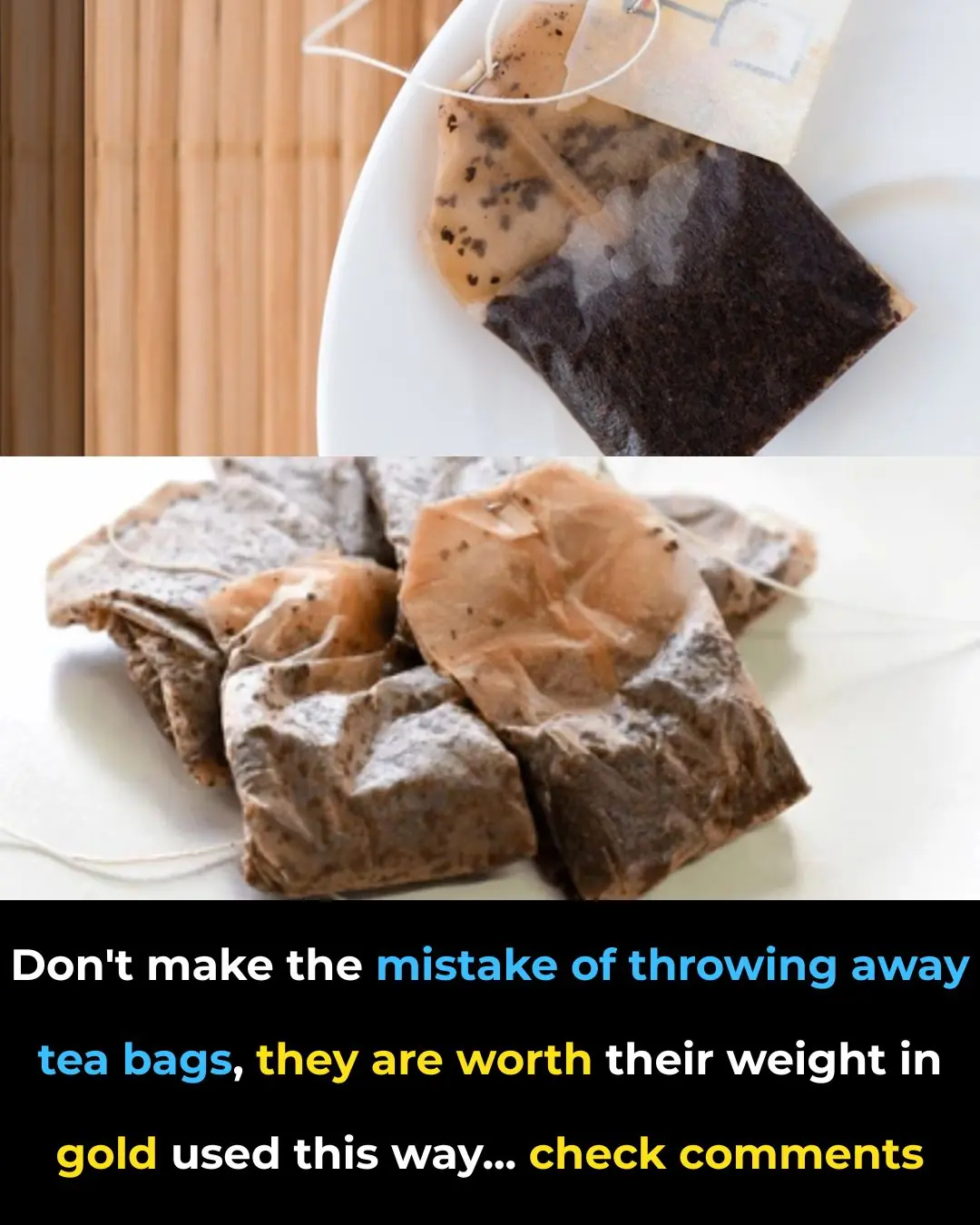
Don't make the mistake of throwing away tea bags. see more

🪟 Vinegar Is the Key to Streak-Free Windows & Shiny Surfaces — But Most People Use It Wrong

This Is The Mistake You Make When Using An Electric Kettle

Don’t Toss That Banana Part

The Hidden Effects of Sleeping With a Fan on Your Throat

Tips for freezing tomatoes to eat all year round, the flavor is always fresh and delicious like freshly picked
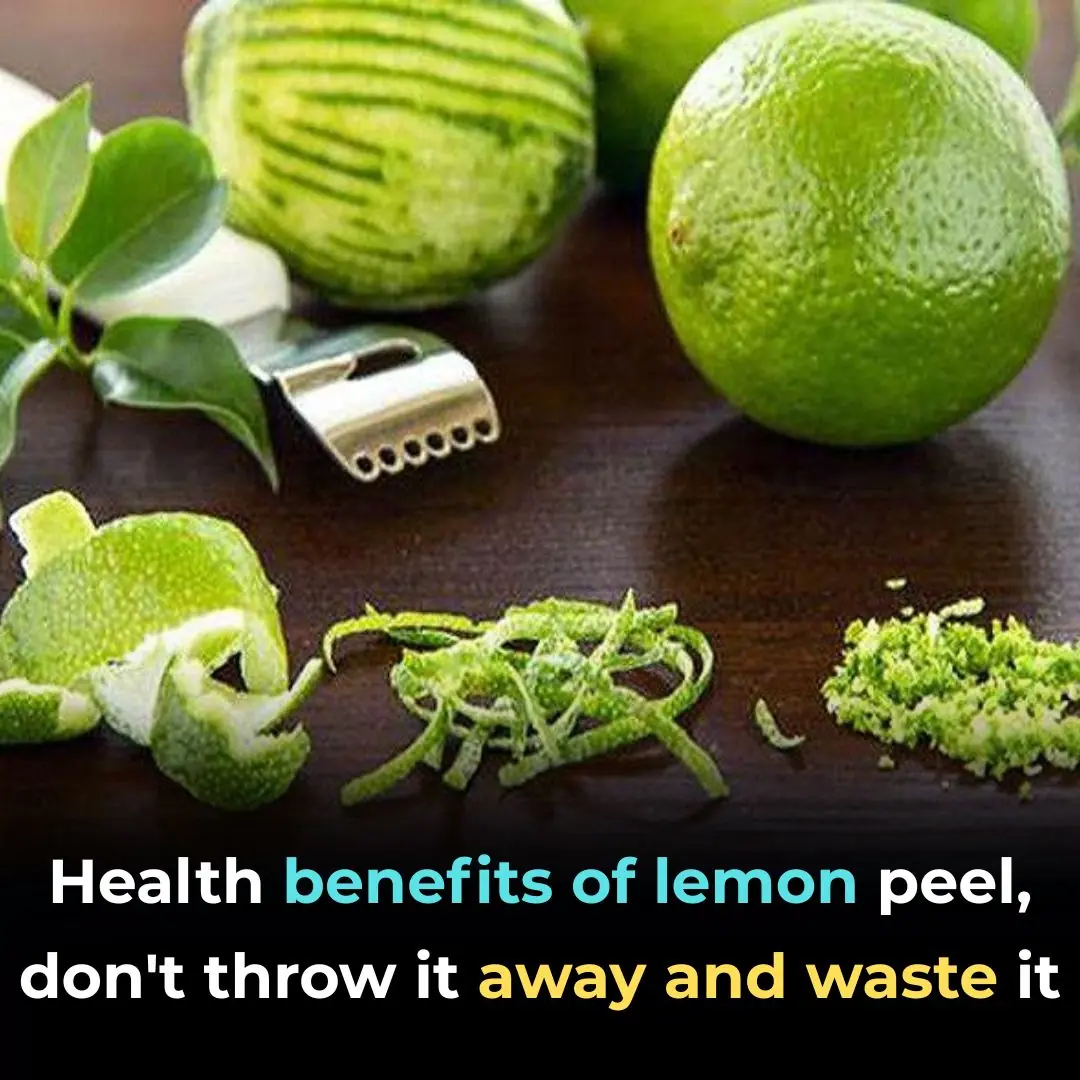
Health benefits of lemon peel, don't throw it away and waste it
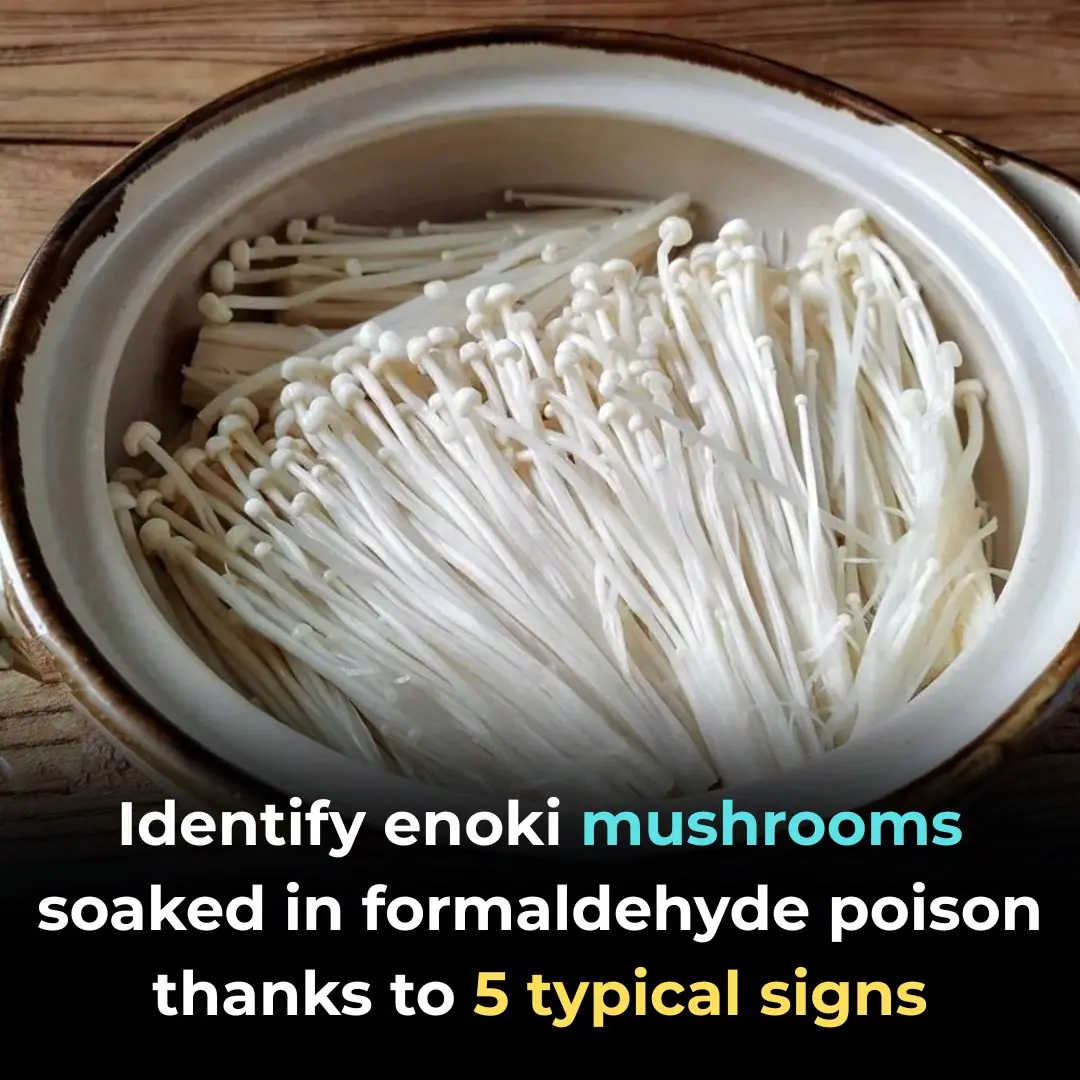
Identify enoki mushrooms soaked in formaldehyde poison thanks to 5 typical signs

8 devices that consume the most electricity, twice as much as air conditioners: Remember to unplug after use, or your bill will skyrocket.

Golden tips for choosing ham: Identify borax with a simple, absolutely safe way
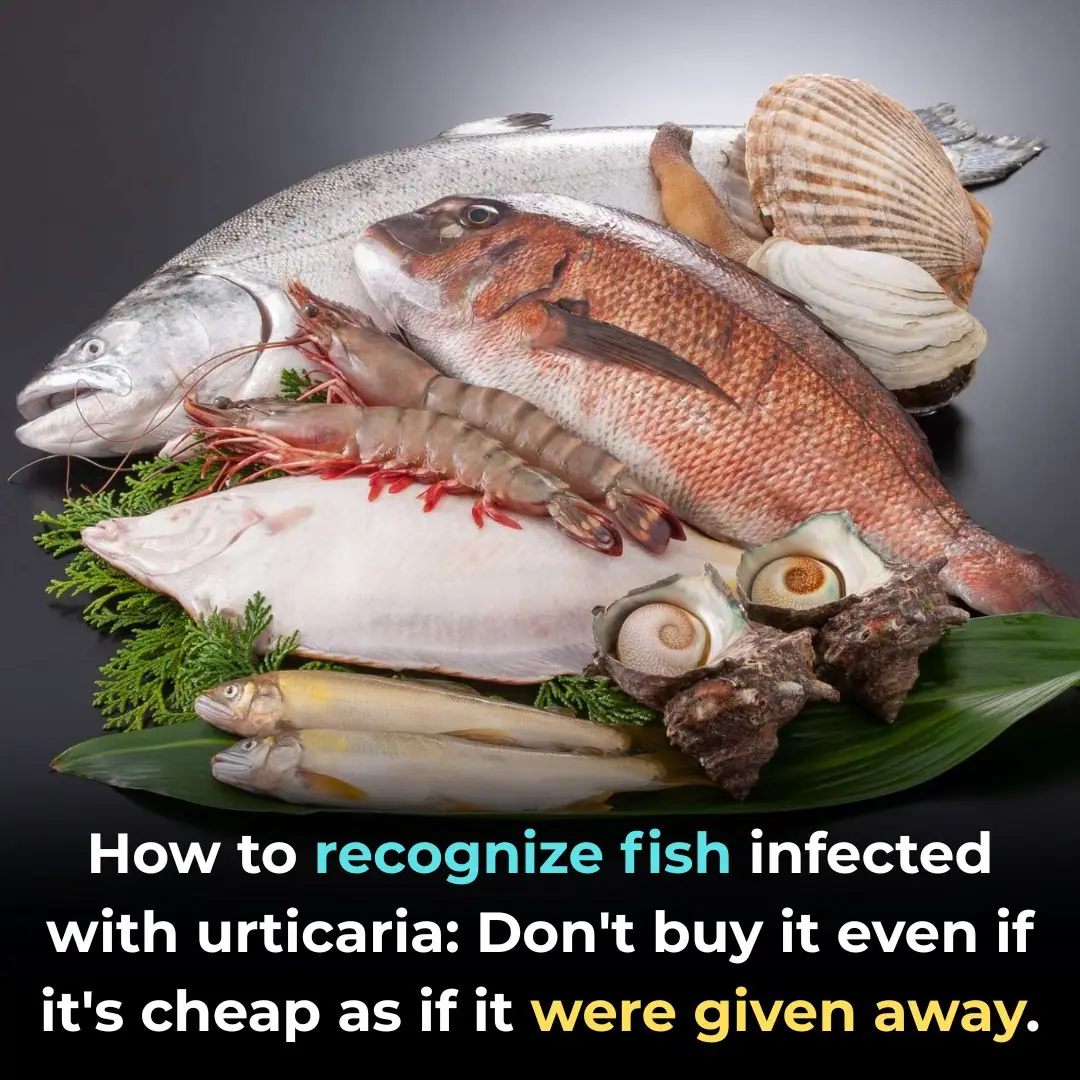
How to recognize fish infected with urticaria: Don't buy it even if it's cheap as if it were given away.

Soak lemongrass with vinegar to get a special type of water with wonderful uses.
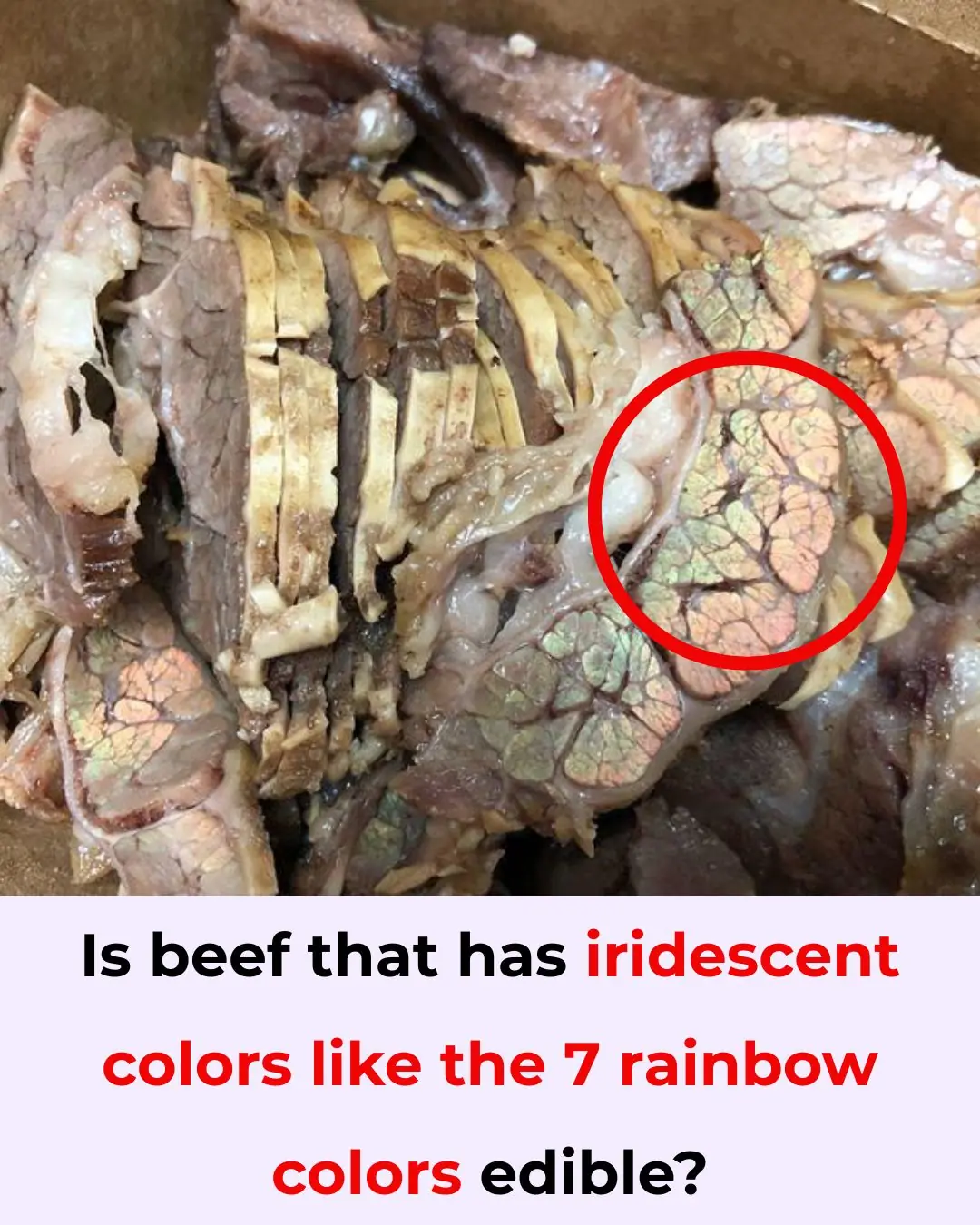
Is beef that has iridescent colors like the 7 rainbow colors edible?

🚽 How to Remove Limescale Stains from Your Toilet Bowl — Naturally & Without Harsh Chemicals
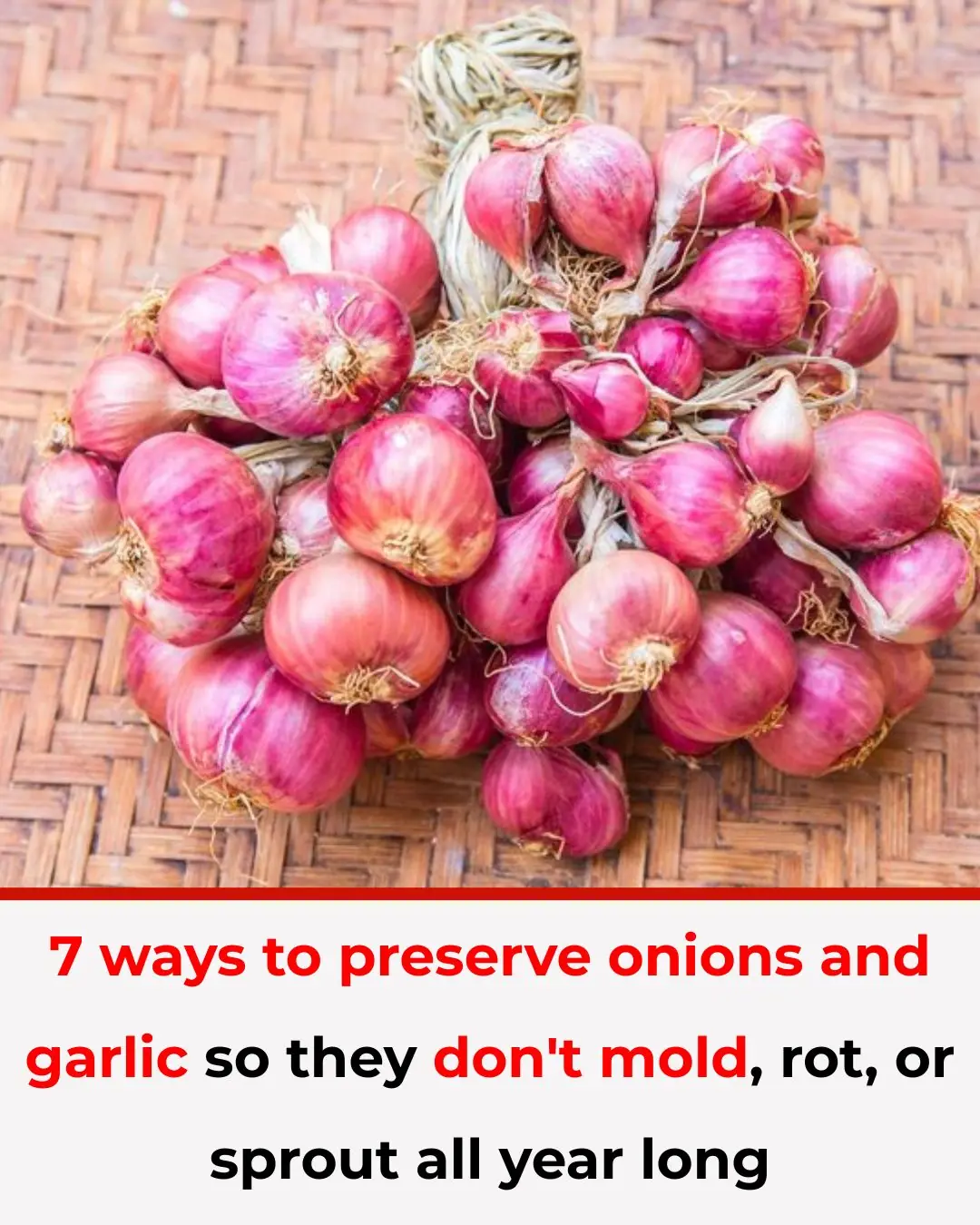
7 ways to preserve onions and garlic so they don't mold, rot, or sprout all year long

Squeeze lemon juice into the rice cooker before cooking? Simple operation but surprising effects

Put a bowl of salt in the refrigerator: A small but effective tip that makes me regret knowing it after 30 years
News Post
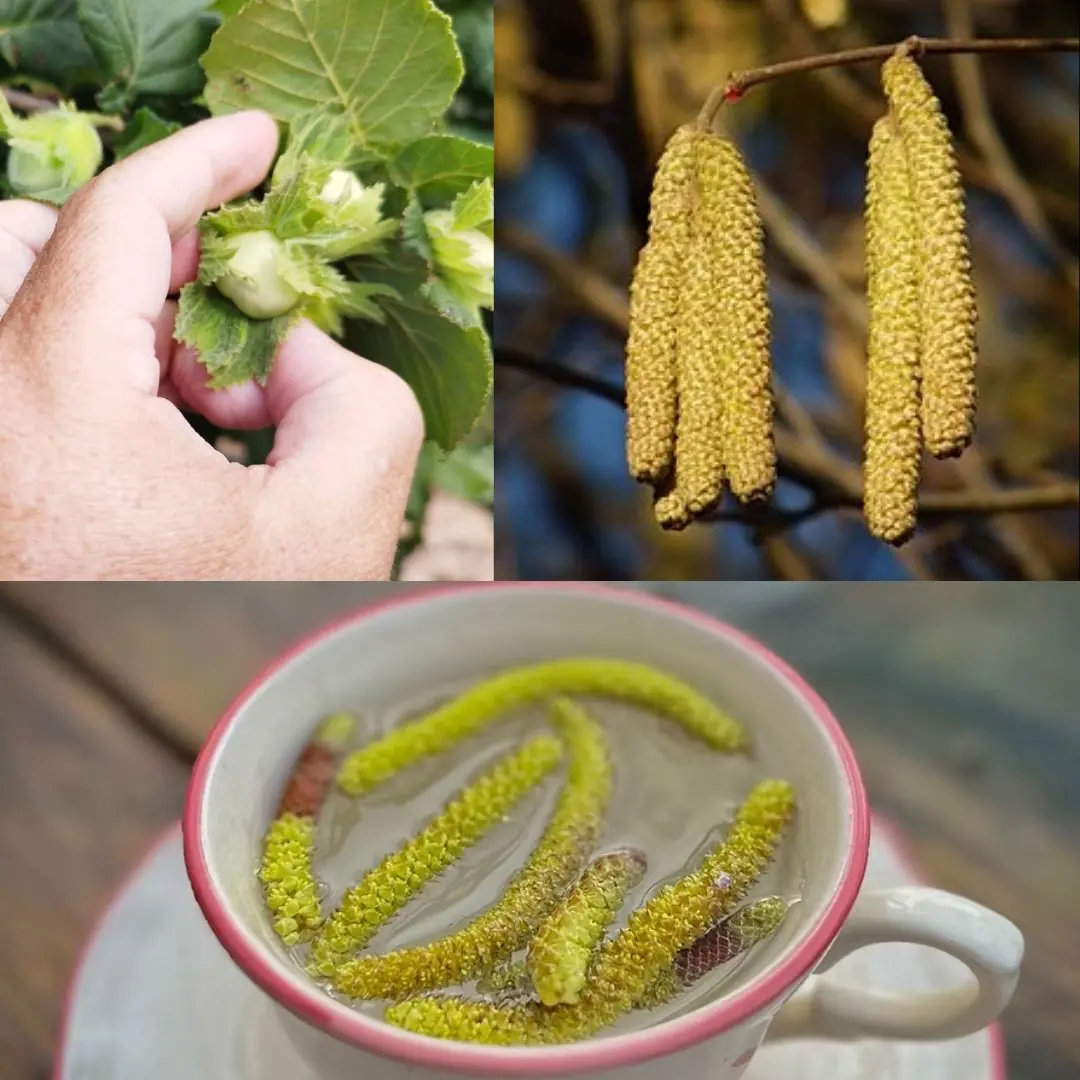
Discover the Hidden Power of Hops for Health and Home Remedies
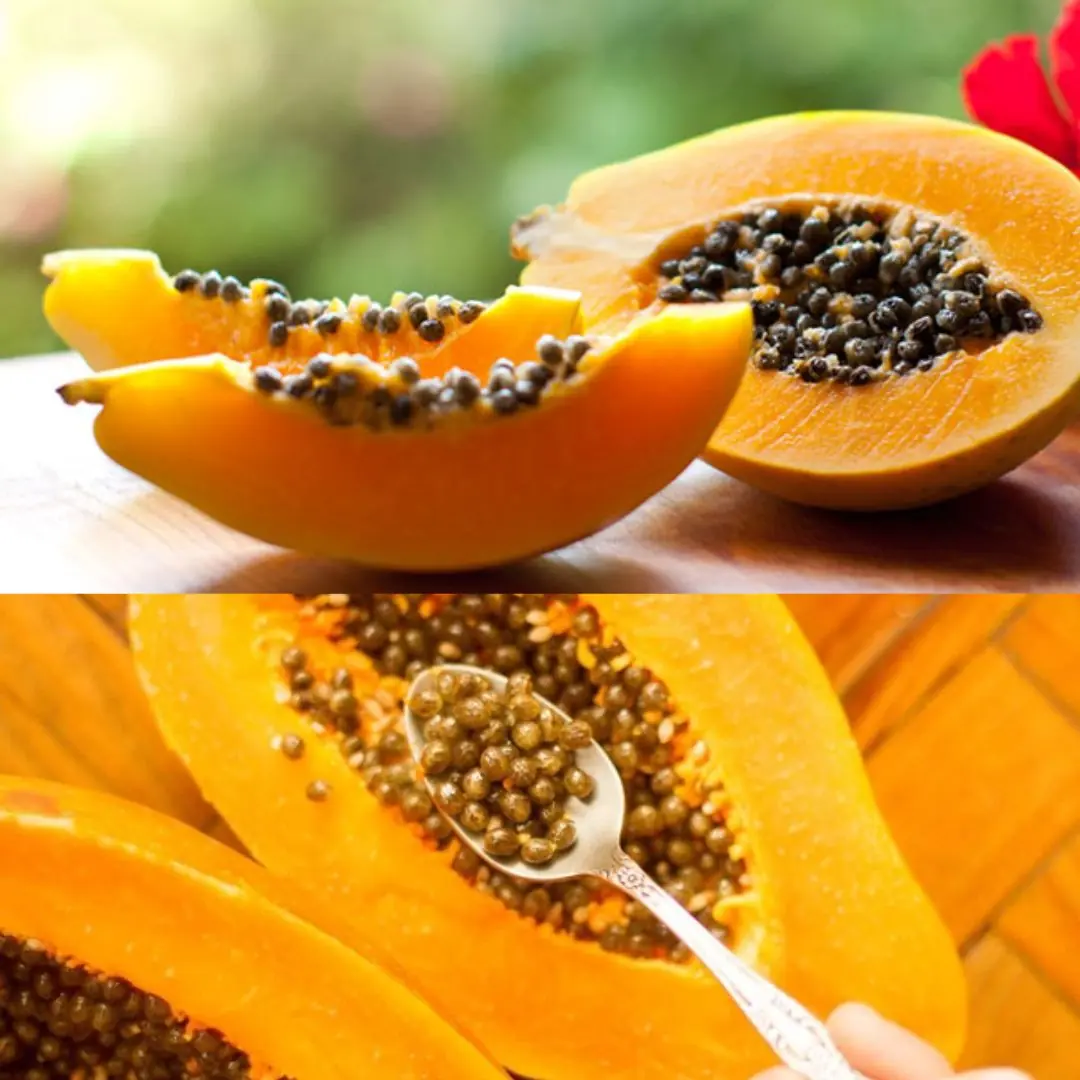
The Powerful Health Benefits of Papaya Seeds: Why You Should Include Them in Your Diet
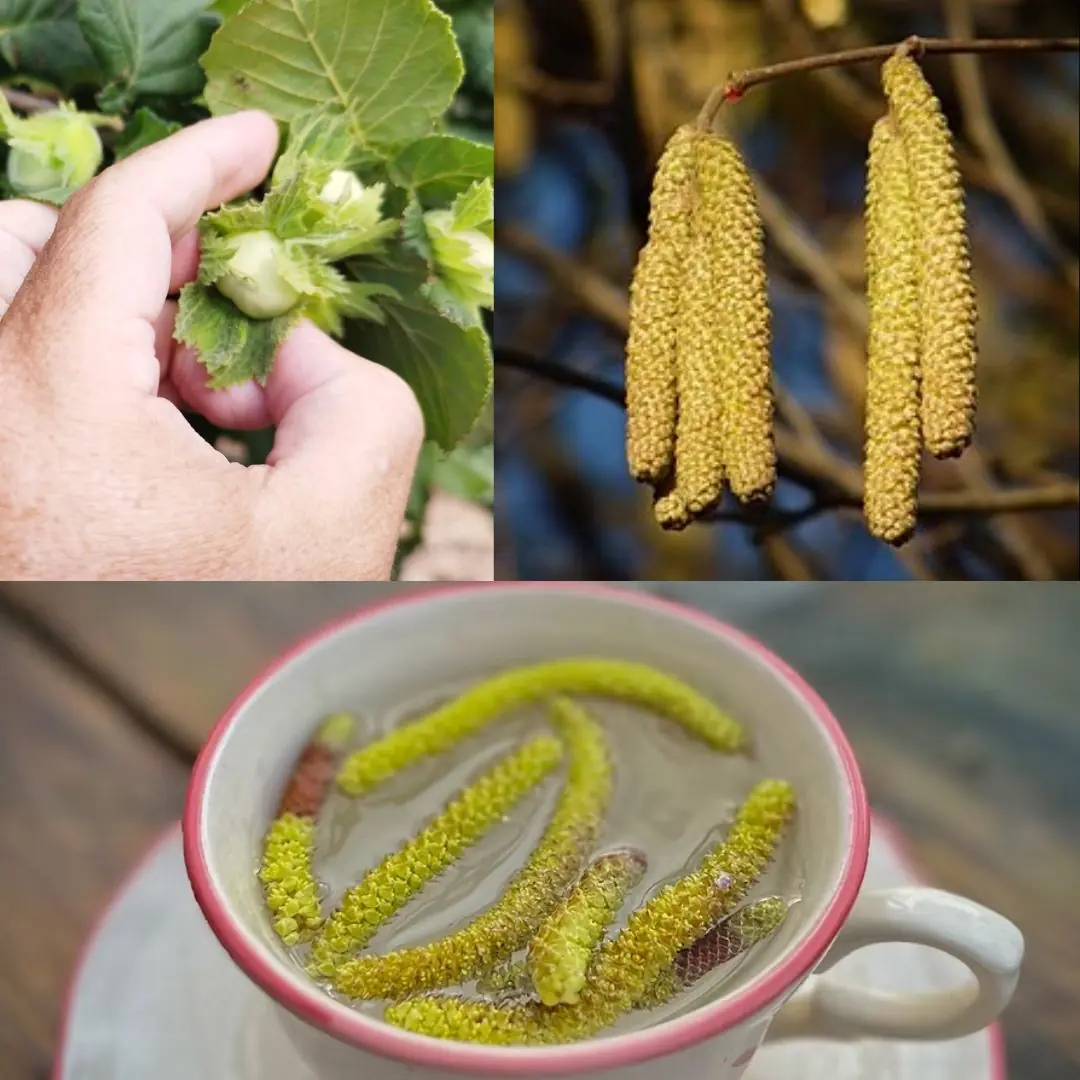
The Wonderful Hazel Tree (Corylus avellana): Nutrition, Healing, and Traditional Uses of Every Part
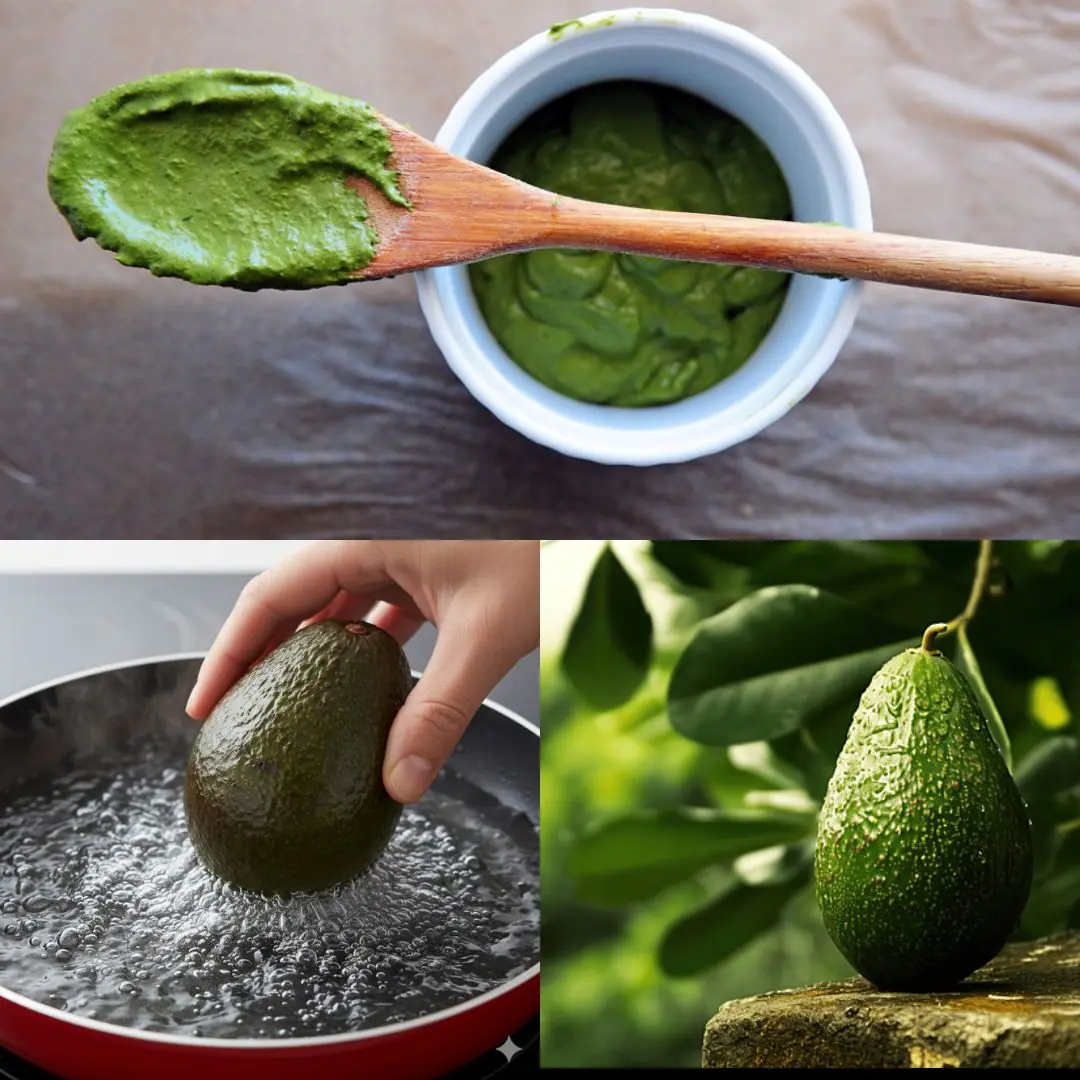
Boiling a Whole Avocado: The Secret to Softness, Nutrition, and a Delicious Baked Recipe
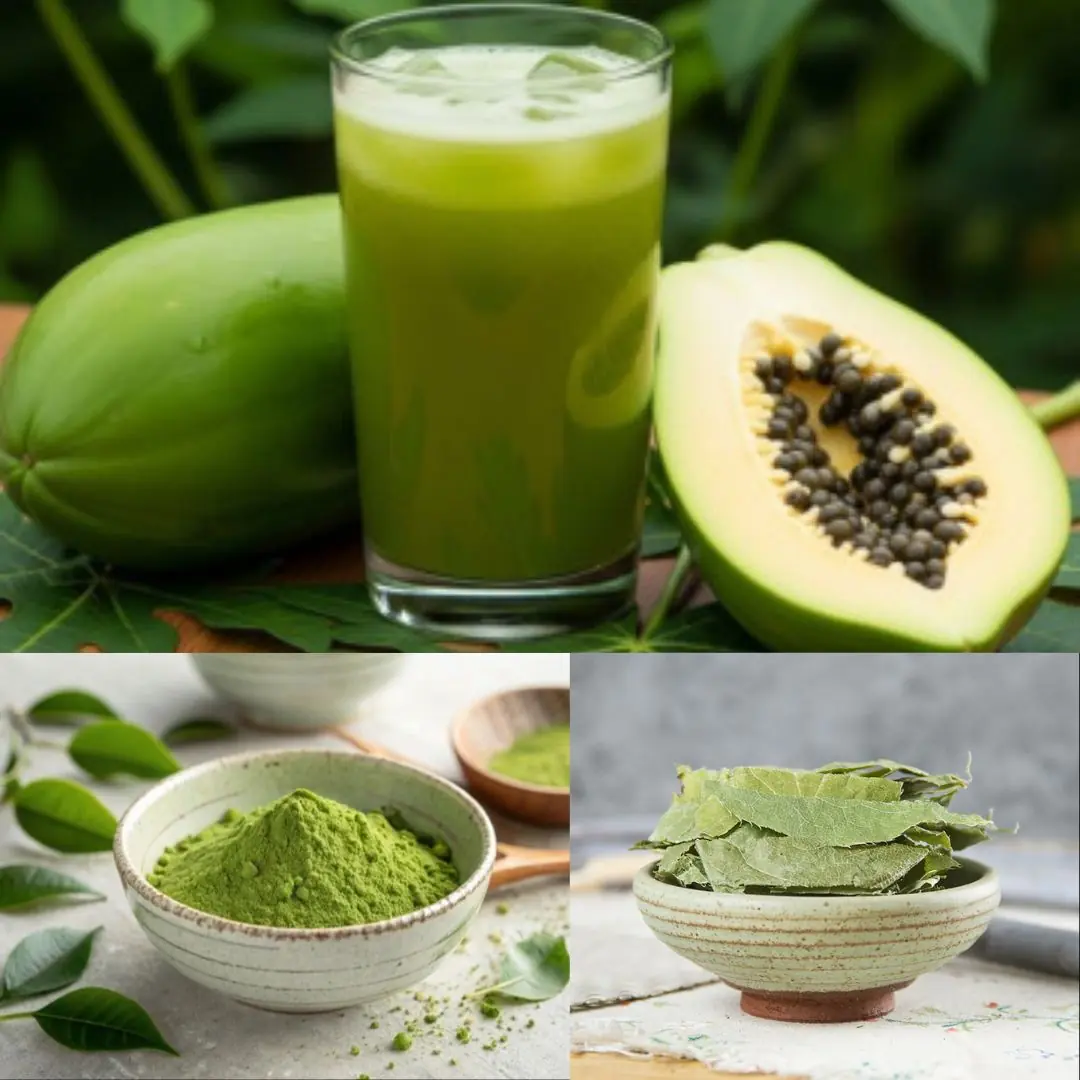
The Hidden Healing Power of Papaya Leaves
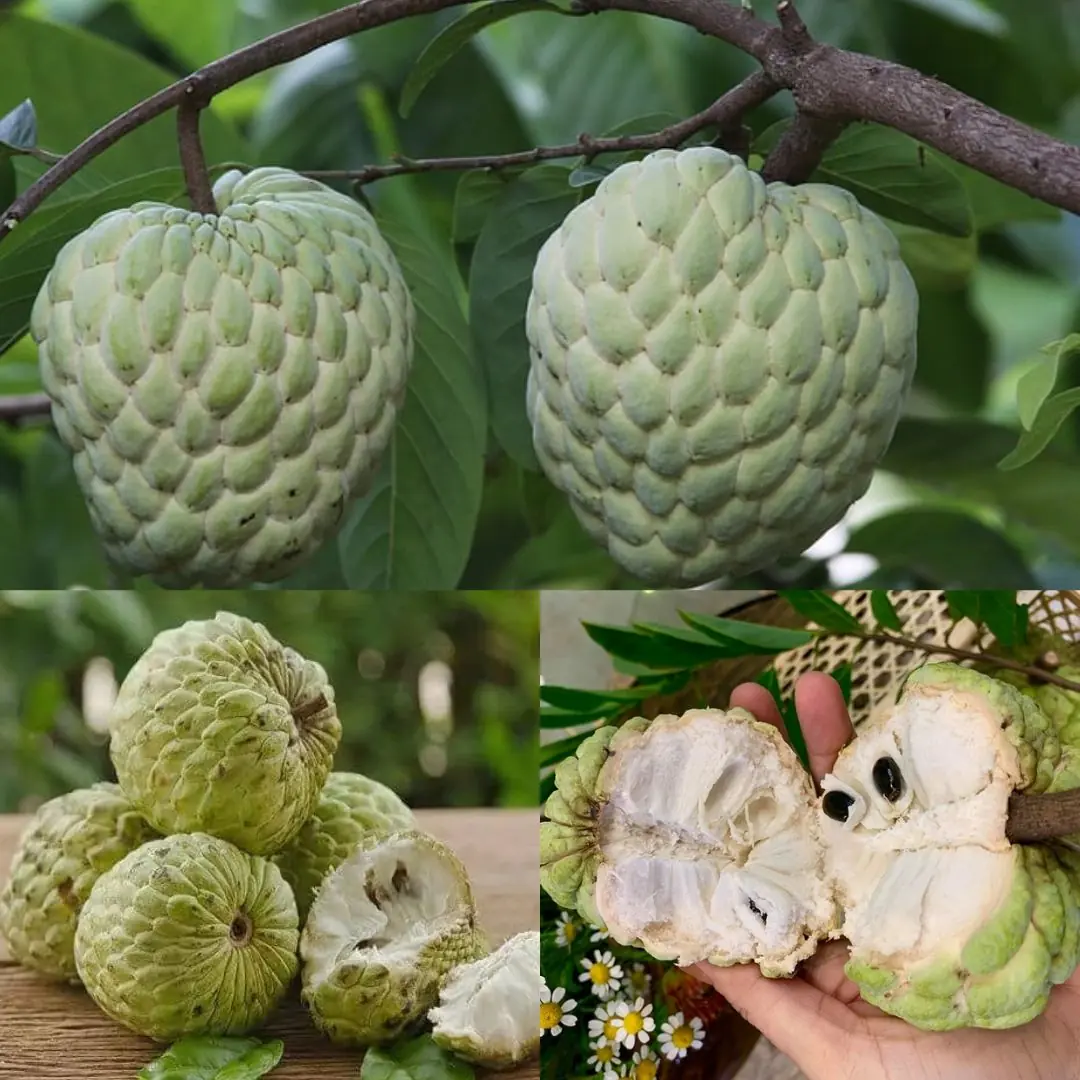
Sugar Apple (Annona squamosa): A Sweet Fruit with Powerful Health Benefits

If you find a centipede at home, here is what it means...

Why We Feel That Little Electric Sh0ck When We Touch Another Person—Science Explains

If a Man Doesn’t Appreciate You, Here’s What You Should Do

25 Worrying Signs Your Body Is Trying to Warn You of Serious Health Problems (and What to Do About Them)
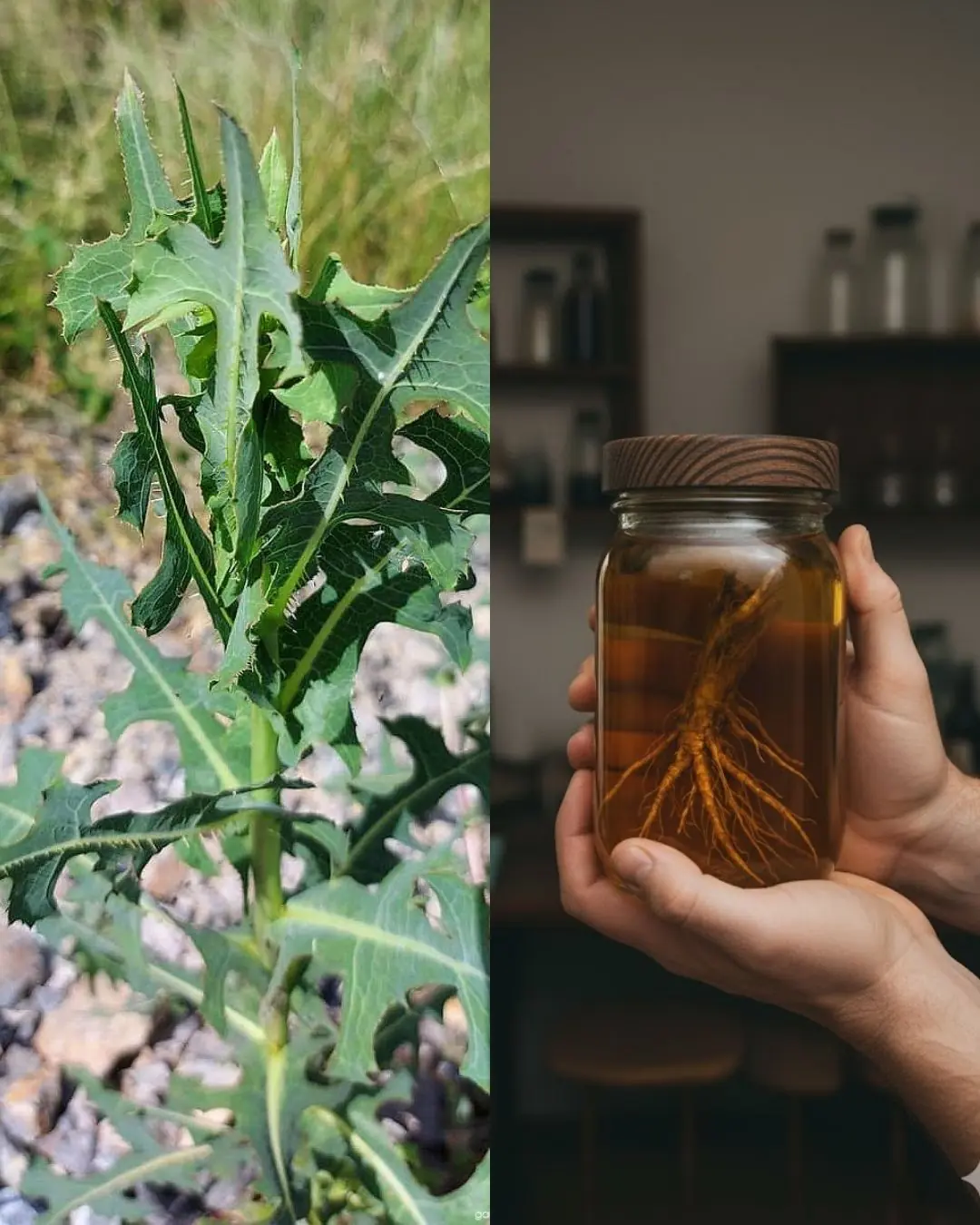
The Hidden Power of Lactuca serriola Root (Prickly Lettuce Root)

Why You Should Stop Waking Up to Urinate
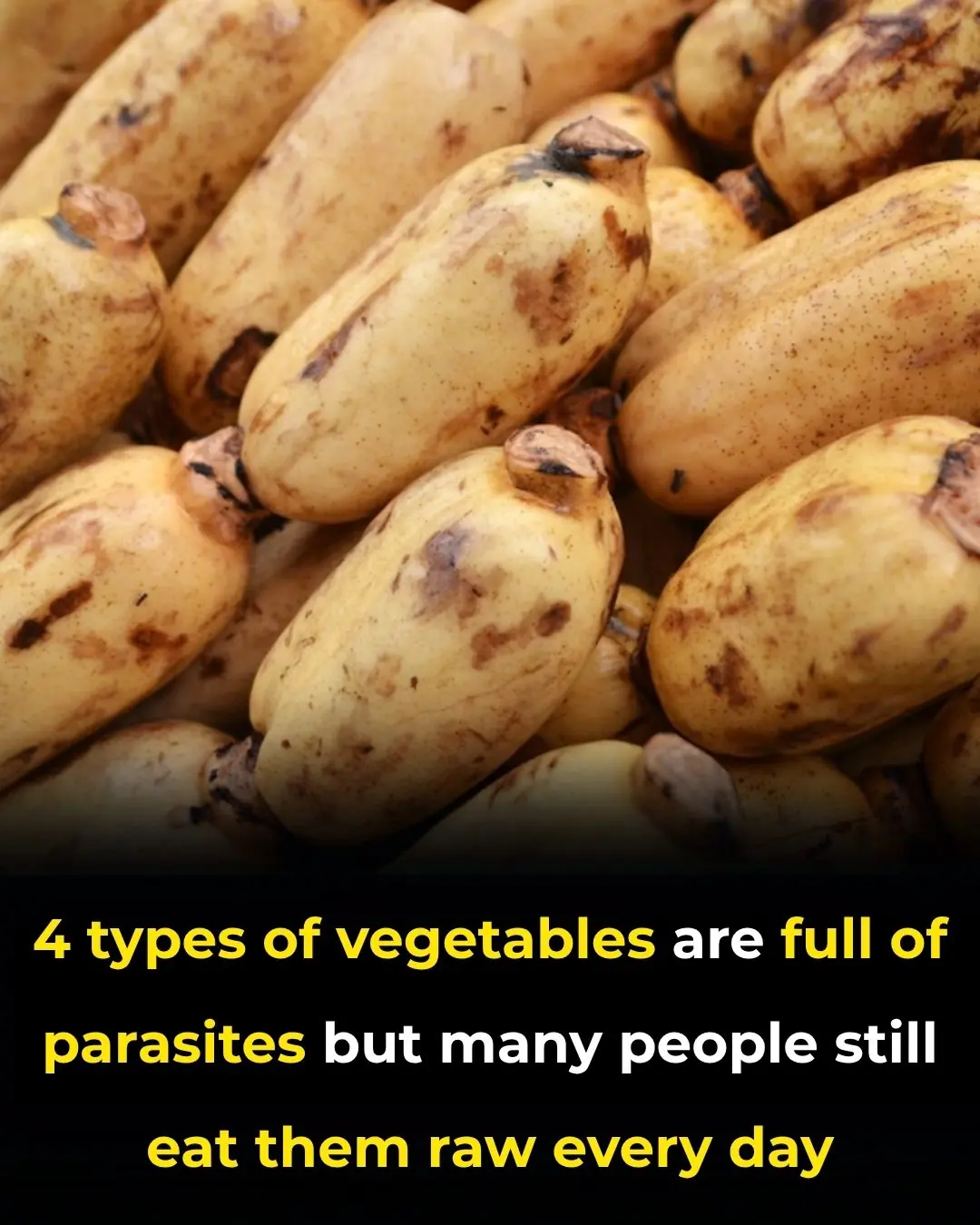
4 types of vegetables are full of parasites but many people still eat them raw every day

Hidden Dangers in Your Mouth: Early Signs of Oral Cancer

Maple Trees from Root to Crown: A Complete Guide to Every Edible Part

7 Signs of Arthritis You Shouldn't Ignore
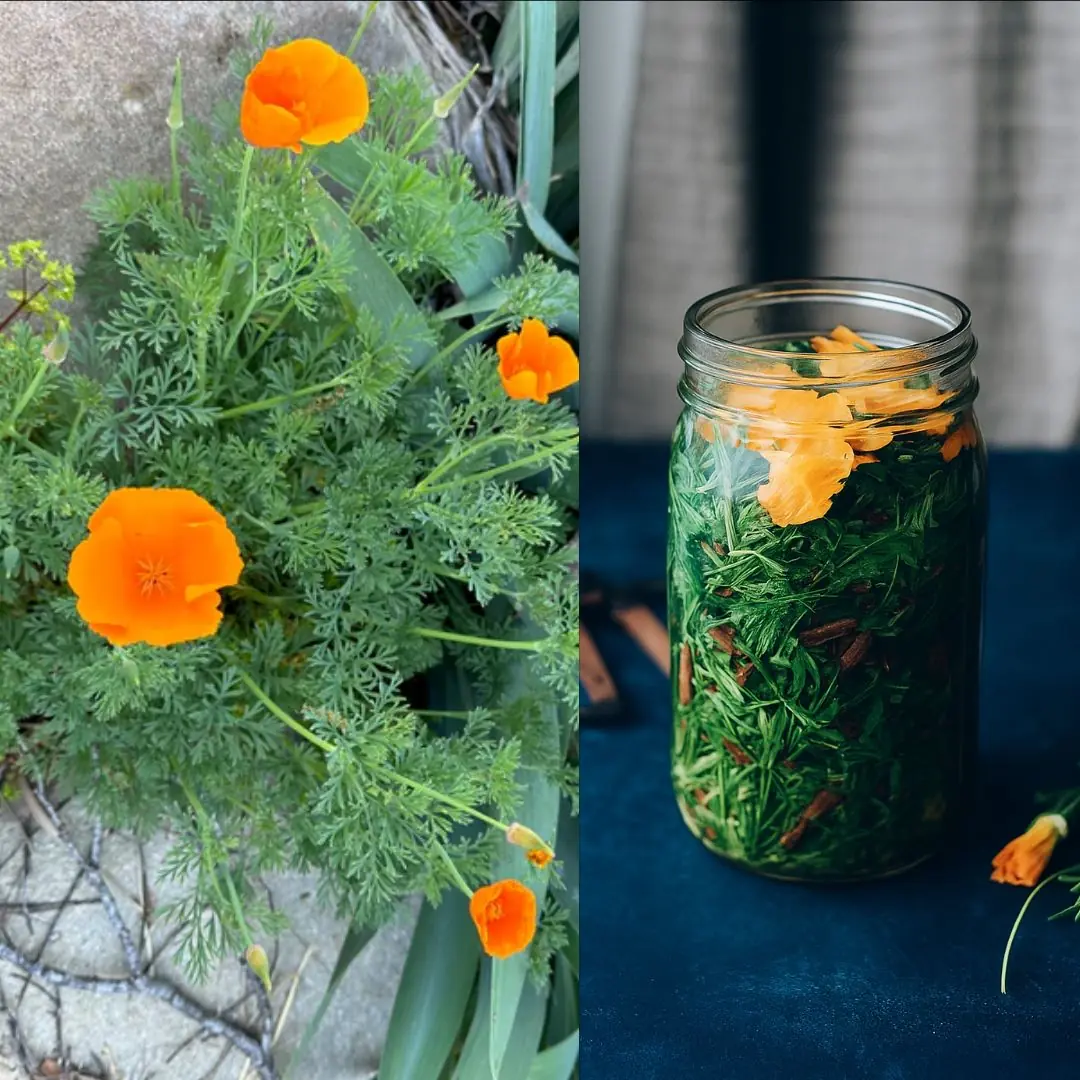
California Poppy: Nature’s Gentle Remedy for Relaxation and More

What is its purpose. see details

When a woman stops loving a man, she begins…
